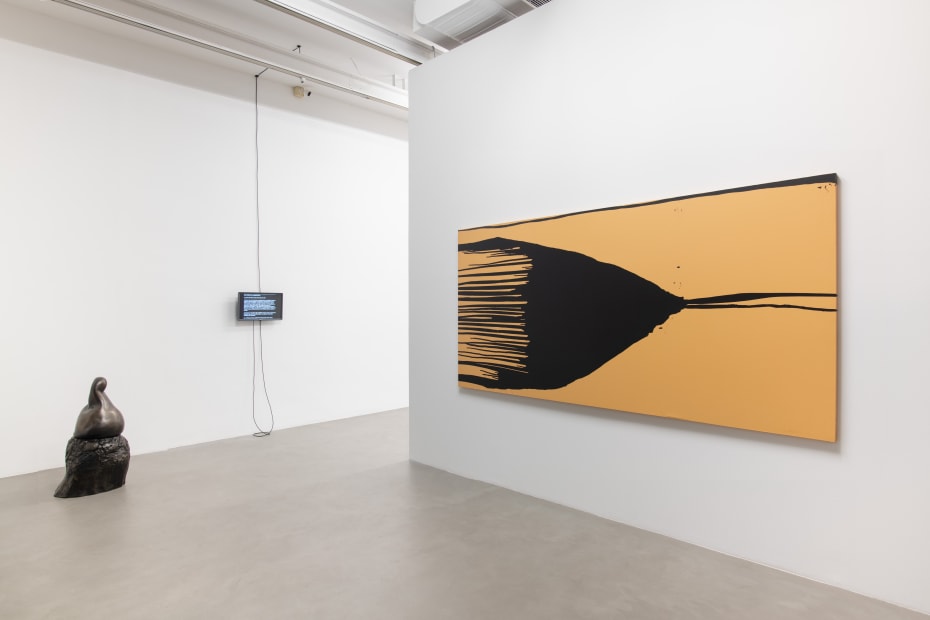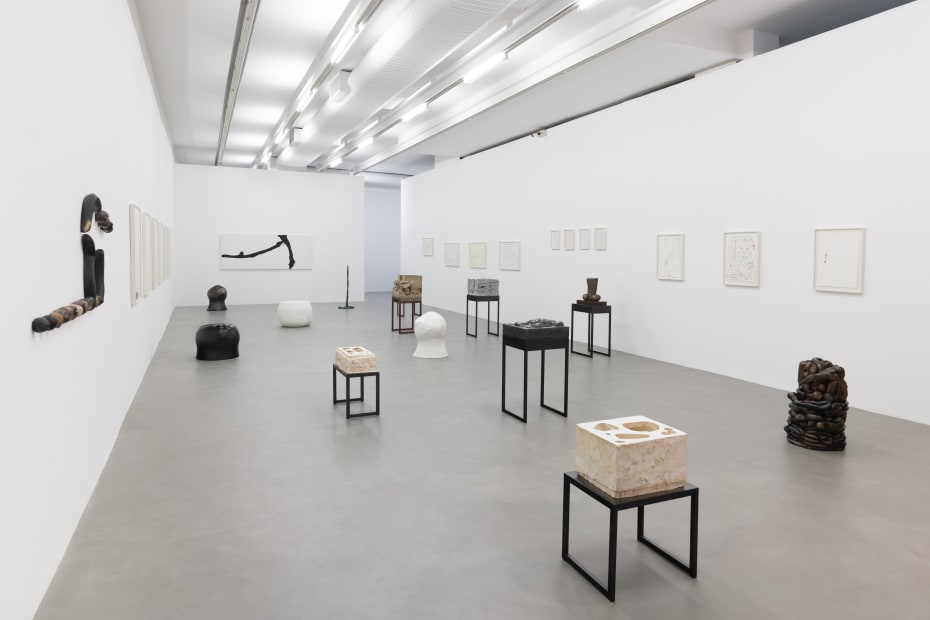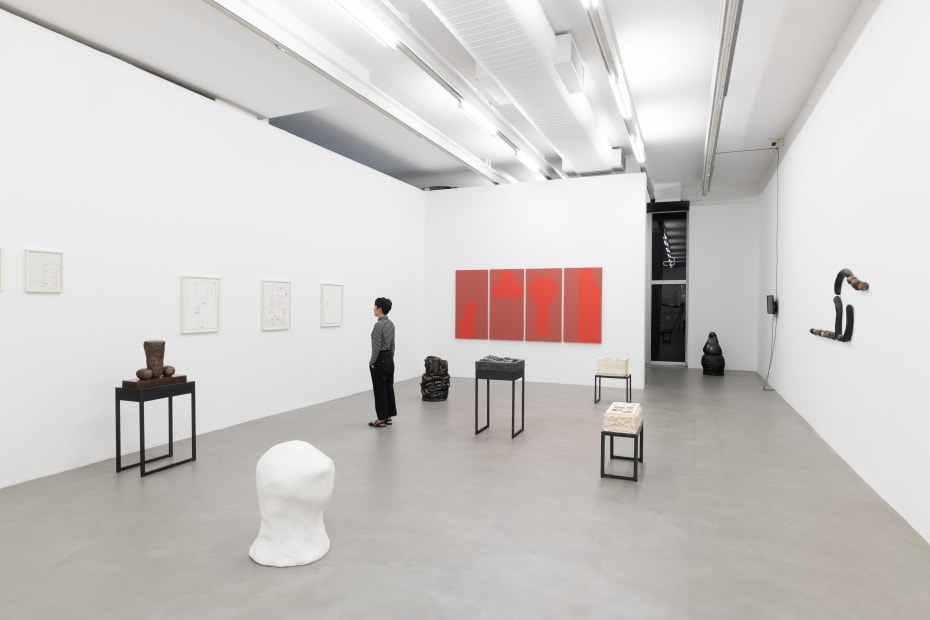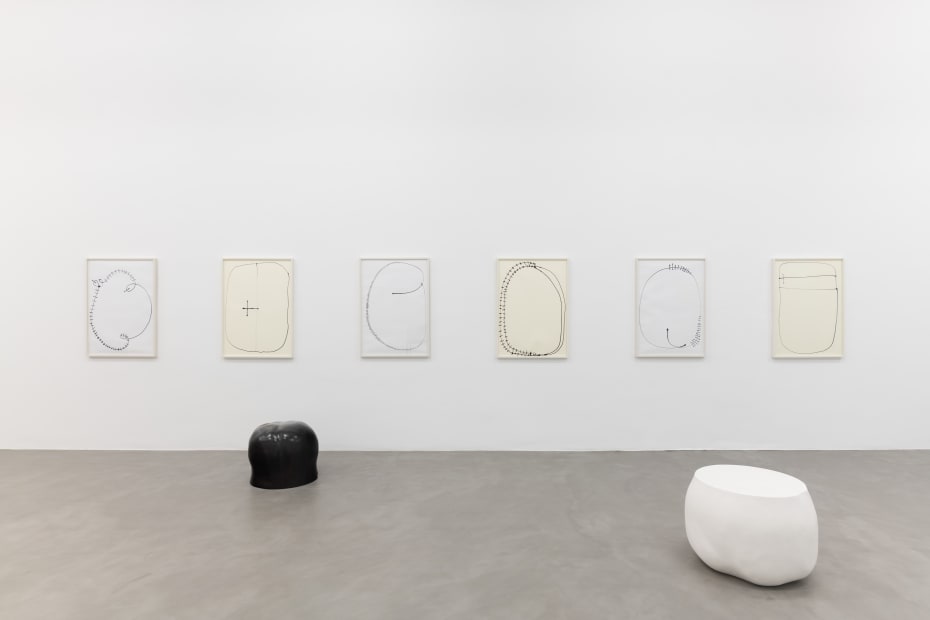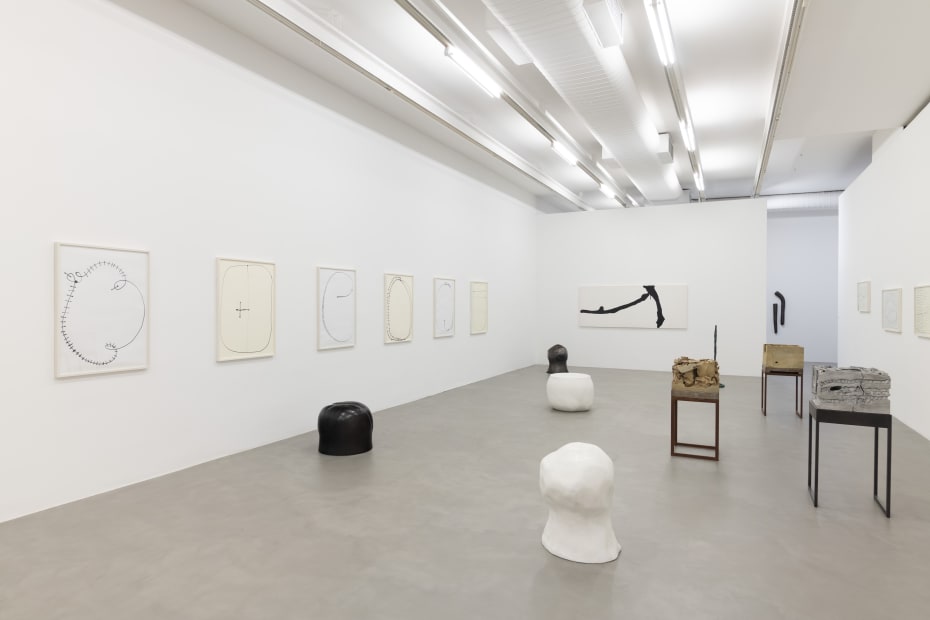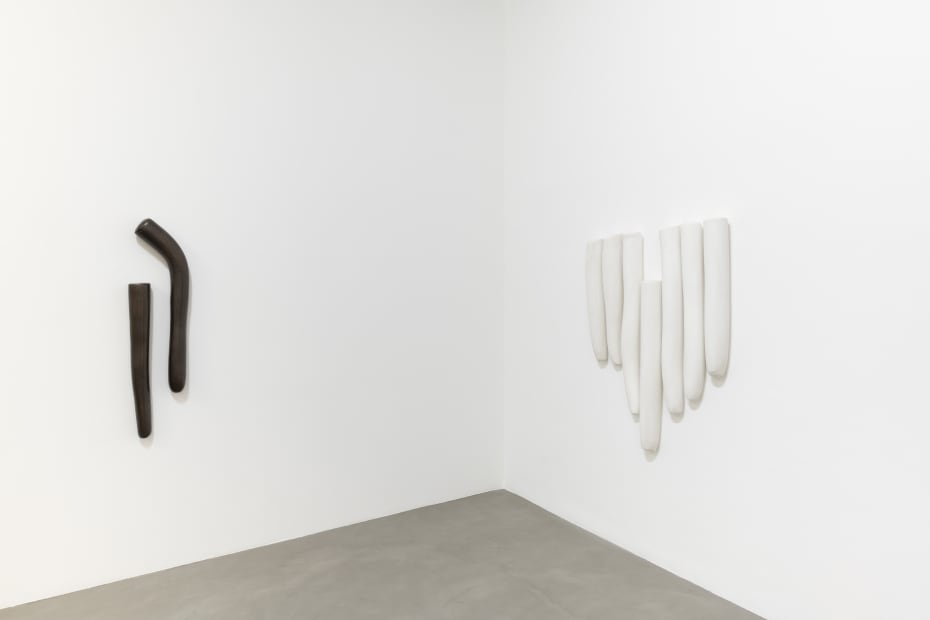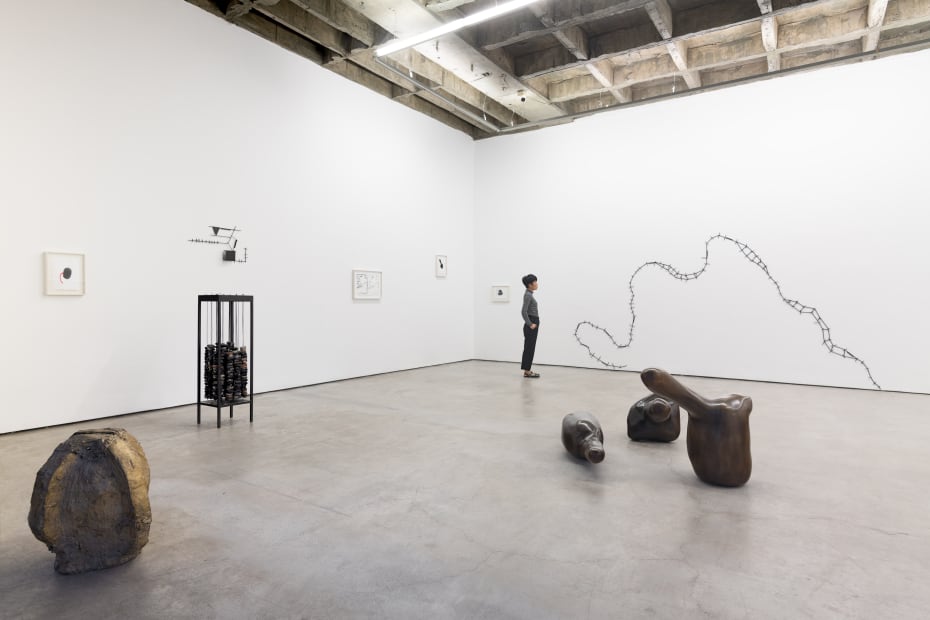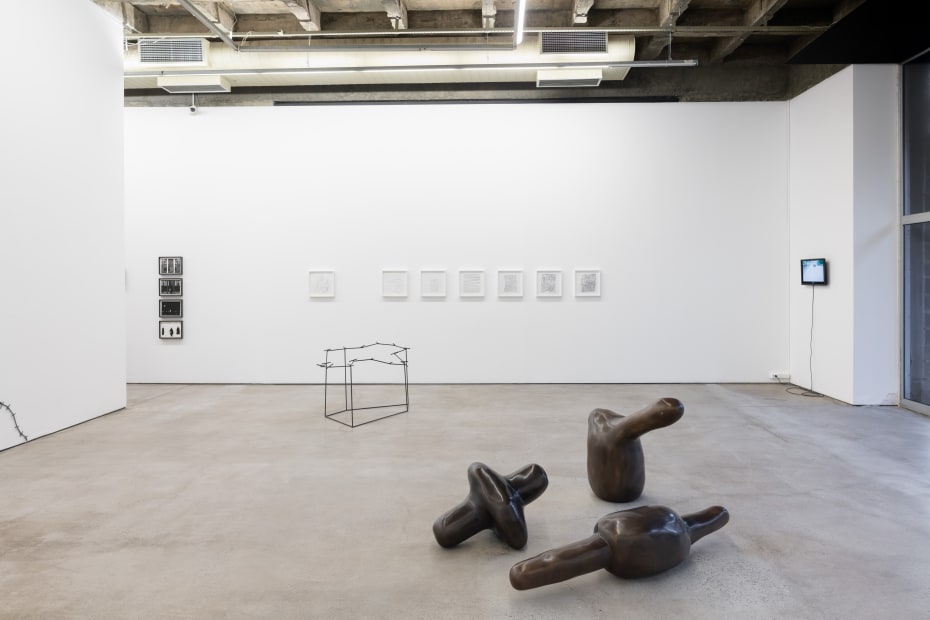To want and not to want, to desire, and to fear: Anna Maria Maiolino
Querer e não querer, desejar e temer [To want not to want, to desire, and to fear] is Anna Maria Maiolino's third solo show at Galeria Luisa Strina. The exhibition, which precedes Maiolino’s receipt of the prestigious Golden Lion award at the Venice Biennale in April, brings together a selection of works produced from the 1990s to the present, some of them exhibited for the first time and others rarely shown.
Featuring drawings, sculptures, photographs and video, the exhibition reflects the rhizomatic nature of Maiolino’s work, which unfolds through a multiplicity of media and in a non-linear manner over more than five decades while maintaining a remarkable coherence . The works presented in the exhibition were selected by the artist herself, creating a journey that crosses different materialities and temporalities and establishing links between works produced on various media.
Rooted in experimentation, Anna Maria Maiolino’s practice explore issues linked to making as a work, the relationships between subject and object and the creative power of the void. Born in Italy and having immigrated first to Venezuela and later to Brazil - with some years spent in the United States and Argentina - Maiolino brings into her work the experience of a fragmented identity, as well as the feeling of loss and displacement that accompanies a diasporic experience. The repetition of primordial gestures and archetypal forms gives rise to series of works that constitute a language of proliferation and difference.
The lines, accumulated over the years on the artist's face portrayed in the photographic polyptych of the series Corpo – Paisagem Fotopoemação [`Body - Landscape Photopoemaction], appear in the drawings of the series Peculiaridades [Peculiarities] and Ovoides [Ovoids] as hatched lines that, in turn, take on a three-dimensional body in the cast metal works of the Incompletude [Incompleteness] series. These associations with line are also evident in the elementary shapes that make up the raku ceramic wall sculpture Linhas e Pontos [Lines and Points], a work that echoes in three dimensions the delicate graphics of the drawings from the Dropper [Conta-Gotas] series.
Among the drawings presented in the exhibition are works from the series Codificações matérias [Material Codifications], described as follows by Maiolino: “(...) I work with the conscious action of material interrelations: my own drives, the paint and the force of gravity. The drop of ink is the transforming agent of the paper. It flows, it draws by forming lines saturated with pigment. The drop runs down the slope of the paper, attracted by the force of gravity, as I hold the paper and the movement firmly in my hands, like a ship captain holding the rudder. The itineraries condense through the paint in contact with the air. A system is established – simple and primary. In these drawings I work in the domain of force, due to gravity and the saturation of the weight of the paint in its paths. These drawings express materiality.” In the Aguadas [Washed Out] series, the artist uses India ink on completely soaked paper, which necessarily makes her incorporate chance while trying to prevent the ink from expanding uncontrollably across the surface.
The Hilomorfos [Hylomorphs] series borrows its title from the theory of Aristotelian hylomorphism, according to which all corporeal beings are composed of matter and form, matter being immanent power and form being the act that transforms matter. According to this premise, the sculptures in the Hilomorfos series are a product of the ability to manipulate matter. In addition to the various examples from the Hilomorfos series, the exhibition includes sculptures from the series Da Terra [Of the Earth], Entre o Dentro e o Fora [Between Inside and Outside] and Novos Outros [New Others], in plaster, molded cement and cast aluminum, highlighting the artist's interest in experimenting with different materials.
With the exhibition Querer e não querer, desejar e temer [To want and not to want, to desire, and to fear] – whose title reflects the dualities present in the artist's work, such as fullness and emptiness; front and back; negative and positive –, Maiolino offers the public a generous and multiple view of a significant part of her extensive work. Her sensitive and precise choices allow, without didacticism, the viewer to discover, from the works themselves, some of the possible articulations of an open and constantly transforming language.

